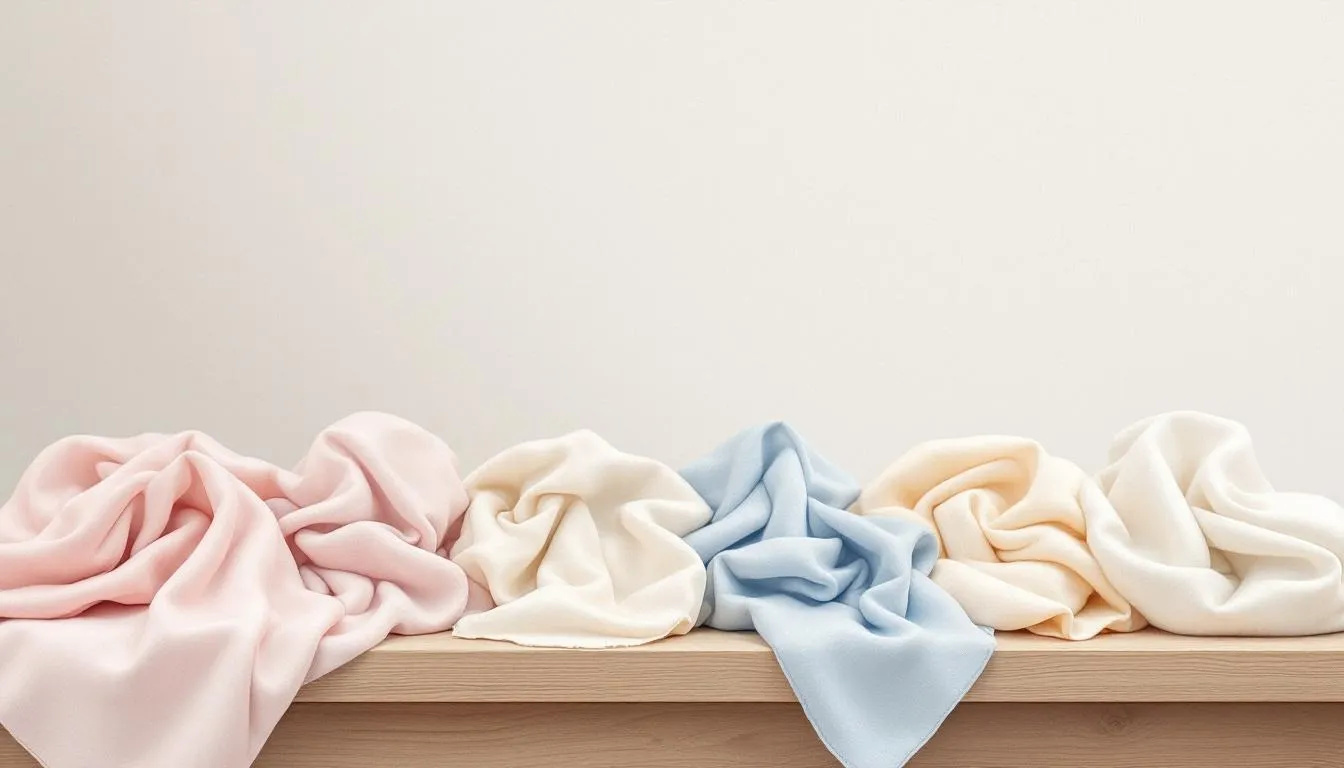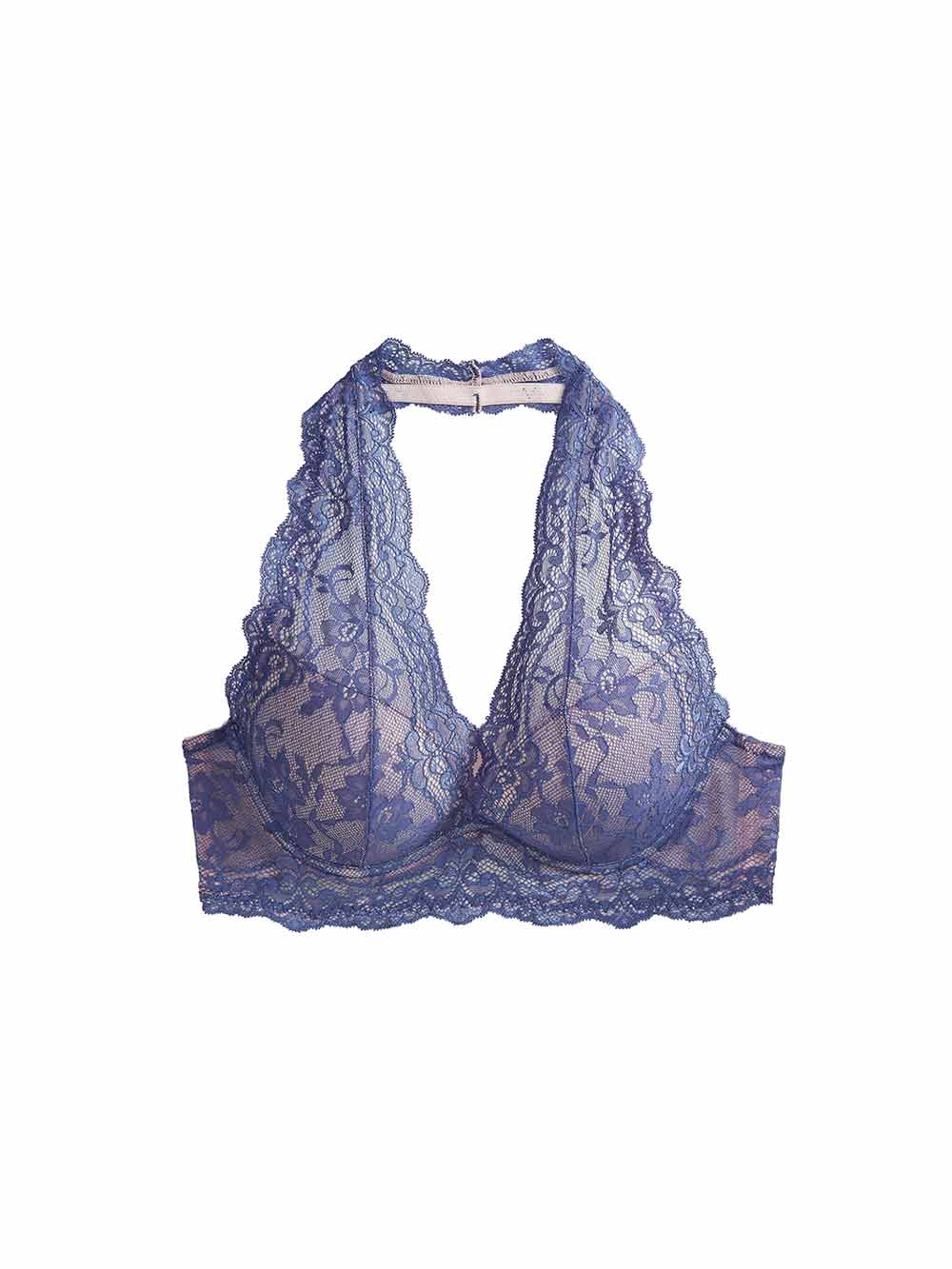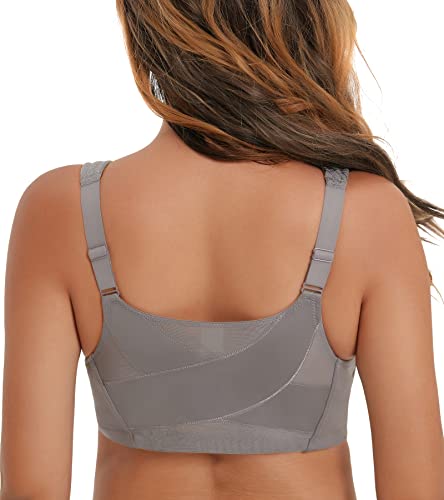Fabric You Need to Know: The Ultimate Soft Fabric List

Top 12 Soft Fabrics You Need to Know: The Ultimate Soft Fabric List
Looking for the softest fabrics? Our soft fabric list covers the top 12 materials known for their exceptional comfort. Find out why these fabrics are the best in softness.
Key Takeaways
-
Soft fabrics like silk, cotton, and cashmere are essential for clothing, providing comfort and enhancing garment fit.
-
Bamboo, flannel, and velvet are popular choices in home textiles, creating a cozy atmosphere while offering unique benefits.
-
Activewear relies on soft, stretchy fabrics like modal, jersey, and spandex for durability and comfort during physical activities.
The Softest Fabrics for Fashion Industry Clothing

Soft sheer fabrics lightweight texture in clothing play a pivotal role, not just in comfort but also in enhancing the overall fit and feel of the garment. Whether you’re looking for a luxurious evening gown or a cozy winter sweater, the softness of the fabric can make a significant difference. Soft fabrics like silk, cotton, cashmere, and twill fabric are celebrated for their comfort and versatility, ensuring you feel as good as you look.
Selecting the right fabric involves considering how it feels against your skin, its breathability, and its draping qualities. Here are some of the softest fabrics for clothing and the features that make them stand out.
Silk Fabric
Silk fabric is synonymous with luxurious fabric and elegance. Produced from fibers derived from silkworms, silk boasts a smooth and opulent texture that is unparalleled. This lightweight fabric drapes beautifully, making it a favorite for evening wear and bridal wear, where a touch of sophistication is desired, especially when crafted from luxurious and soft fabric.
Silk’s delicate texture and natural fibers make it perfect for elegant evening wear. From flowing evening gowns to delicate blouses, artificial silk provides a luxurious and soft experience against the skin, showcasing its silky texture.
Cotton Fabric
Cotton fabric is a staple in the textile industry, celebrated for its lightweight cotton fabric, breathable, and soft cotton fabric qualities. This natural fabric is incredibly versatile, making it suitable for everything from casual wear to more formal attire. Egyptian cotton, known for its long cotton fibers, provides a smooth, breathable, and smooth surface texture, making it perfect for high-quality garments. Additionally, cotton polyester canvas fabric is another popular choice for durable and stylish items.
Pima cotton, known for its extra-long fibers, offers exceptional softness and durability. Whether in a t-shirt, summer pants, or a cozy hoodie, supima cotton extra long staple cotton fabric provides comfort and breathability, making it a popular choice.
Cashmere
Cashmere, derived from the soft undercoat of cashmere goats, is the epitome of luxury and warmth. Known for its incredibly soft texture and fine fibers, cashmere is a premium choice for winter clothing, providing exceptional warmth without the bulk.
Cashmere’s fine fibers and natural softness make it an indulgent choice for sweaters, scarves, and other winter essentials. Its luxurious texture keeps you warm and cozy.
Popular Soft Fabrics for Home Textiles

Soft fabrics are essential in home textiles too. From bedding to blankets, their softness can greatly enhance comfort and well-being. Using plain woven fabrics in your home creates a cozy and inviting atmosphere, turning your living space into a relaxation haven.
Home textiles often feature a variety of natural fabrics and synthetic materials, each with unique benefits, including decorative fabric. Here are some favored options in home decor.
Bamboo Fabric
Bamboo fabric is celebrated for its soft and breathable properties, making it an excellent choice for home textiles. Its natural softness and ability to wick away moisture ensure a comfortable and cool sleeping experience, making bamboo fabric ideal for sheets and pillowcases.
Additionally, bamboo fabric is made from eco friendly material, adding a sustainable touch to home decor. Its softness, breathability, and environmental benefits make it ideal for enhancing home comfort and sustainability.
Flannel
Flannel is a soft, woven fabric known for its fuzzy appearance and comfort, often featuring a fluffy texture and warp yarn. Made from wool, cotton, or synthetic fibers, flannel offers versatility in its use, providing warmth and coziness in different home settings.
Flannel is commonly used for cozy blankets, cotton fleece and winter bedding, providing warmth and comfort during colder months. Its soft texture and insulating properties make it a beloved choice for home textiles.
Velvet
Velvet, with its luxurious soft pile fabric, brings a touch of opulence to any home decor. Known for its dense pile and rich softness, plush fabric is a popular choice for high-end furnishings such as cushions and drapes.
Velvet’s various weights and appearances offer versatile options for different applications, enhancing smooth fabric comfort and aesthetics in the home. Its luxurious feel and shiny fabric make velvet a timeless addition to any setting.
Soft Fabrics for Activewear

Activewear demands fabrics that are soft, flexible, and durable. The right fabric choice greatly impacts the comfort and performance of sports apparel, ensuring free movement and comfort during rigorous activities.
Here are some of the top soft fabrics used in activewear, highlighting their unique properties and benefits, including the versatile fabric with moisture wicking properties.
Modal
Modal is a stretchy fabric made from beech tree pulp and wood pulp, known for its exceptional softness and comfort. The finer and more delicate fibers of modal contribute to its ultra-soft texture, making it a preferred choice for activewear and summer dresses.
Modal stands out for its durability; it withstands frequent use and washing without losing softness, making it ideal for workout clothes made from durable fabric that endure regular wear and tear.
Jersey
Jersey is a knitted fabric known for being lightweight and flexible, making it perfect for activewear. Originating from the Island of Jersey, this fabric has become a staple in casual and sports apparel, particularly in t-shirts and other casual wear.
Jersey’s soft texture and stretchability offer the comfort and flexibility needed for physical activities, ensuring free movement and comfort.
Spandex
Spandex, also known as Lycra or Elastane, is a synthetic fiber widely used in fitness clothing due to its remarkable stretchability sheer fabric. It can stretch significantly without losing its shape, providing targeted support and enhancing comfort in high-performance athletic wear.
Spandex’s lightweight nature and durability make it essential in activewear, ensuring comfort and support during activities.
Factors Influencing Fabric Softness

Fabric softness is influenced by factors like fiber type, fabric type, fabric types, weaving techniques, and finishing processes. Understanding these can help you choose the right fabric and maintain its softness over time.
Here’s how these factors contribute to fabric softness.
Fiber Type
The type of fiber used in a synthetic fabric plays a significant role in its softness. Natural fibers like cotton are known for their inherent softness and versatility. On the other hand, synthetic fibers like polyester offer durability and a wide range of textures, which can also contribute to the softness of the fabric.
Thinner yarns and higher thread counts typically lead to softer fabrics, enhancing the overall feel and comfort of the material.
Weaving Techniques
Weaving techniques greatly affect the texture and drape of the fabric. Plain weave, for instance, produces lightweight and soft fabrics, making it a common choice for everyday garments. Satin weave, on the other hand, creates a smooth and glossy surface, enhancing the luxurious feel of the fabric.
Twill weave, with its distinct diagonal pattern, also contributes to the fabric’s texture, providing a unique combination of softness and durability.
Finishing Processes
Finishing processes are crucial in enhancing the softness of fabrics. Techniques such as brushing can significantly improve the texture, making fabrics like flannel feel softer and more comfortable. Cationic amino silicone softeners are commonly used to enhance smoothness and durability, providing a luxurious touch to the fabric.
Using proper application methods, like foam applicators or sprays, ensures finishes are evenly distributed, maintaining the fabric’s quality and feel.
How to Maintain Fabric Softness

Maintaining fabric softness is as important as choosing the right ones. Proper care extends their life and softness, ensuring long-term comfort and usability.
Here are some effective techniques for preserving fabric softness, including machine washed practices, fabric softeners, and proper storage.
Washing Techniques
Cold water and a gentle cycle are crucial for maintaining the softness of delicate fabrics, preventing fiber damage and retaining texture over time.
Using gentle detergents formulated for Delicate Fabric is essential, as harsh chemicals can degrade softness.
Fabric Softeners
Fabric softeners work wonders in improving fabric texture and reducing static. By coating the fibers, fabric softeners make them feel softer and smoother to the touch, enhancing the overall comfort of the material.
Fabric softeners used during the rinse cycle create a protective layer on fibers, maintaining softness and reducing friction.
Proper Storage
Proper storage preserves fabric softness. Keeping fabrics away from direct sunlight prevents fading and degradation. Avoiding moisture is crucial to prevent mold and mildew.
Breathable containers and regular checks for damage help maintain the condition of your breathable fabric and low maintenance fabric soft fabrics.
Summary
In conclusion, the softness of fabrics plays a vital role in our daily comfort, whether in clothing, home textiles, or activewear. From the luxurious feel of silk and cashmere to the everyday comfort of cotton and bamboo, soft fabrics enhance our tactile experiences and overall well-being.
By understanding the factors that influence fabric softness and adopting proper maintenance techniques, you can ensure your fabrics remain soft and comfortable for a long time. So, next time you shop for fabrics, remember to prioritize softness for a truly delightful experience.
Frequently Asked Questions
What are the softest fabrics for clothing?
Silk, cotton, and cashmere are the softest fabrics for clothing, each offering unique qualities like luxurious texture, breathability, and exceptional warmth. Choosing any of these will ensure a comfortable and gentle feel against your skin.
What makes bamboo fabric a good choice for home textiles?
Bamboo fabric is a great choice for home textiles because it is soft, breathable, and eco-friendly, ensuring comfort and sustainability in your living space. Its natural properties make it ideal for items like sheets and pillowcases.
How does modal fabric benefit activewear?
Modal fabric benefits activewear by providing exceptional softness and durability, ensuring it remains comfortable and resilient even after frequent use and washing. This makes it an ideal choice for maintaining comfort during physical activities.
What factors influence the softness of a fabric?
The softness of a fabric is primarily determined by the type of fiber used, weaving techniques, and finishing processes. Selecting natural fibers and employing specific weaving methods, such as plain or satin weave, can enhance the fabric's softness significantly.
How can I maintain the softness of my fabrics?
To maintain the softness of your fabrics, wash them in cold water on gentle cycles and use fabric softeners during the rinse. Additionally, store them away from direct sunlight and moisture to preserve their texture and quality.


